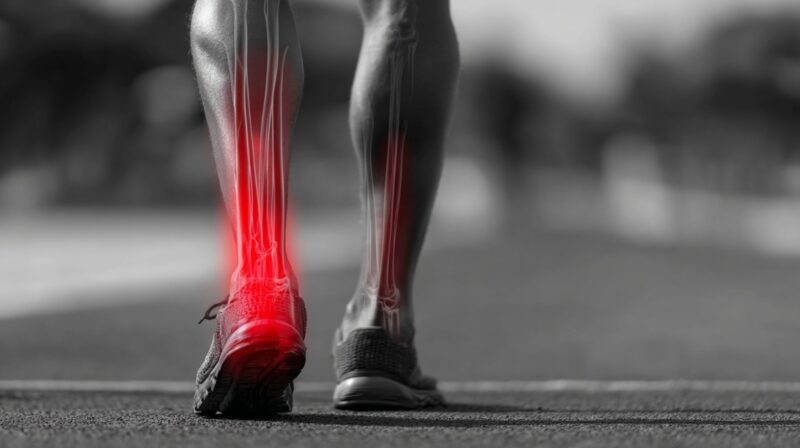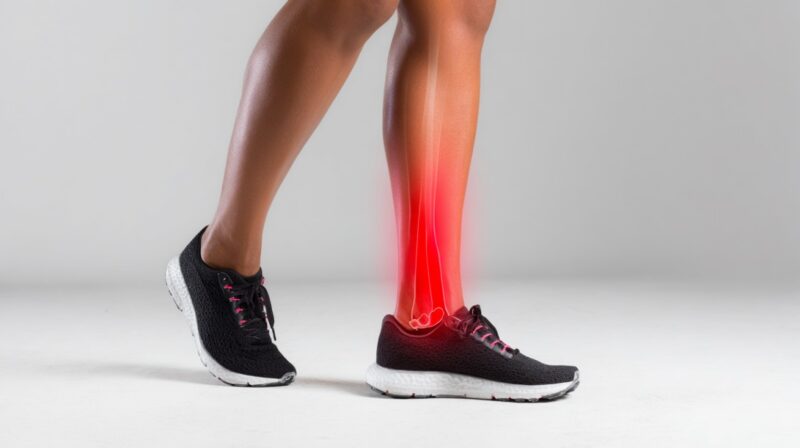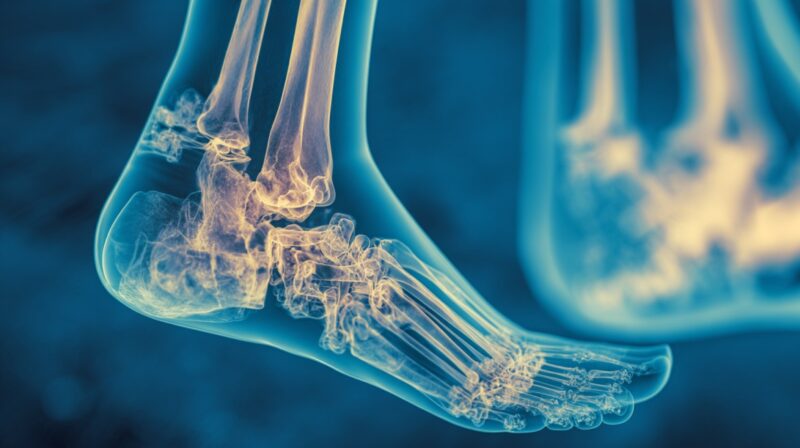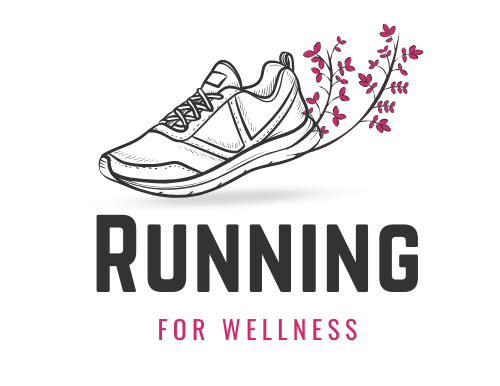Running offers incredible physical and mental rewards, but it also brings a fair share of injuries that can sideline even the most dedicated athlete. Among the most common lower-leg issues are shin splints and stress fractures.
At first glance, these conditions might seem similar since both cause pain in the shin area. However, identifying which one you are dealing with can make all the difference in how you recover and prevent future setbacks.
Early identification allows for quicker healing and reduces the risk of chronic complications. Shin splints are typically related to muscle and tendon irritation, while stress fractures involve tiny cracks in the bone.
Recognizing the difference ensures runners receive the right treatment at the right time, leading to a faster and safer return to training.
How to Tell Them Apart
| Symptom | Shin Splints | Stress Fracture |
|---|---|---|
| Pain area | Diffuse along shin | Localized, pinpoint |
| Onset | During or after exercise | Can be during rest |
| Pain progression | Often eases during exercise | Worsens with activity |
| Morning pain | Worse in morning (soft tissue tightening) | Better after rest |
| Touch sensitivity | Broad tenderness | Sharp, specific tenderness |
Runners often confuse shin splints and stress fractures because both cause pain along the lower leg, especially after intense training or long-distance runs.
However, a closer look at the pattern and nature of the discomfort reveals clear distinctions.
Identifying these differences early prevents worsening of symptoms and shortens recovery time. Paying attention to how and when the pain appears, how it progresses, and how the body responds to rest are the best ways to determine the root cause
Persistent pain that doesn’t improve with rest should always be evaluated by a medical professional. Diagnostic imaging, such as MRI or X-rays, can provide clarity when symptoms overlap.
Proper diagnosis is crucial for implementing the correct treatment plan and ensuring long-term recovery without recurring injury.

Causes and Risk Factors
Identifying what causes shin splints and stress fractures is the foundation for prevention. Both injuries share common risk factors but also have distinct underlying mechanisms.
Runners who understand their bodies and training limits can significantly reduce their chances of injury. Building gradual intensity, maintaining proper nutrition, and prioritizing recovery are key strategies for prevention.
Shared Risk Factors
Shin splints and stress fractures often originate from the same training mistakes and physical imbalances. These issues can affect both novice and experienced runners.
- Overloading the body without adequate adaptation time strains bones and muscles.
- Overstriding, improper gait, or weak stabilizing muscles lead to uneven stress distribution along the legs.
- Shoes that are too old or do not support the runner’s foot type increase impact stress on the tibia.
- Hard pavements or uneven trails amplify shock and pressure on the legs.
Balanced training routines, supportive shoes, and cross-training activities such as swimming or cycling can help minimize risk and give the body time to recover properly.
Specific to Shin Splints

Shin splints develop when the muscles, tendons, and connective tissues along the tibia become irritated from overuse.
The problem typically lies in repetitive strain rather than direct bone damage. Certain runners are more susceptible due to their foot structure or training approach.
- Continuous stress on the lower leg muscles leads to inflammation along the tibia.
- Feet that roll inward place extra pressure on the shin muscles with each stride.
- Individuals new to running or returning after injury have underdeveloped lower-leg strength and endurance.
Gradual mileage progression, stretching the calves, and improving foot stability through strengthening exercises are effective measures to prevent recurrence.
Using proper shoes and insoles can also correct biomechanical misalignments that contribute to pain.
Specific to Stress Fractures

Stress fractures are small cracks within the bone caused by repetitive force and insufficient recovery.
They require special attention due to their potential for worsening if untreated. Runners who push through pain or neglect nutrition are most at risk.
- More common in women, weak bone structure increases fracture susceptibility.
- Lack of calcium, vitamin D, and adequate protein slows bone regeneration and recovery.
- Disordered eating, loss of menstrual cycle, and reduced bone mass contribute to fragile bones.
- Insufficient recovery between workouts prevents proper bone repair and adaptation.
Maintaining bone strength through balanced nutrition, hydration, and adequate rest periods can significantly reduce the risk.
Periodic bone health assessments and consulting a nutrition specialist can help ensure long-term athletic health.
Treatment Strategies
Early intervention can drastically shorten recovery time and prevent chronic problems.
Treating shin splints and stress fractures requires patience, proper rest, and a focus on long-term rehabilitation.
A structured approach ensures not only healing but also improved performance once running resumes.
R.I.C.E. Approach (for both)

- Rest: Ceasing high-impact activities to allow tissues or bones to heal.
- Ice: Applying cold packs several times a day to reduce inflammation.
- Compression: Wrapping the affected area to limit swelling and provide light support.
- Elevation: Keeping the leg elevated to promote circulation and reduce fluid buildup.
Implementing R.I.C.E. within the first few days of discomfort can significantly ease symptoms and prevent escalation.
It should be followed by gradual rehabilitation once pain subsides.
Specific to Shin Splints
Managing shin splints focuses on relieving muscle tension and addressing mechanical imbalances. Treatment aims to reduce inflammation and promote proper alignment of the lower leg.
- Resting from high-impact exercises for at least two weeks and replacing them with low-impact workouts like swimming or cycling.
- Performing foam rolling and targeted massage to ease tight calf muscles and improve blood flow.
- Engaging in physical therapy sessions to strengthen supporting muscles and correct improper running form.
- Checking footwear for wear and ensuring proper cushioning or using orthotic inserts if needed.
Consistent stretching, particularly of the calves and Achilles tendon, helps restore flexibility and prevents future flare-ups.
Gradual reintroduction to running should only occur when pain-free.
Specific to Stress Fractures
Stress fractures demand greater caution and longer rest periods since bone healing takes time. Attempting to train too soon can worsen the condition.
- Complete rest for four to six weeks, sometimes longer for severe cases.
- Use of a walking boot or crutches to reduce load on the affected leg.
- Nutritional optimization, emphasizing calcium, vitamin D, and protein to accelerate bone repair.
- Consideration of low-intensity pulsed ultrasound (LIPUS) devices like Melmak to stimulate bone regeneration.
- Surgical evaluation for cases where the fracture does not heal through conservative methods.
Monitoring progress through follow-up imaging ensures proper recovery before returning to training.
Maintaining upper body and core strength during downtime keeps overall fitness stable without hindering healing.
The Bottom Line
Listening to body signals is one of the smartest habits a runner can develop. Ignoring persistent shin pain often leads to extended downtime or more severe injury.
Treating symptoms early, training intelligently, and following structured recovery routines keep runners on track for long-term success.
Staying consistent, eating well, and making time for recovery ensures every mile is a step forward rather than a setback.
When uncertainty arises, consulting a sports medicine professional provides clarity and confidence in the healing process.
Related Posts:
- Top 400 Hilarious Gym Quotes to Keep You Motivated
- 25 Simple Running Motivation Tips To Get You Moving
- How Can You Start a Career as a Running Coach?
- Lower Back Pain While Running? Here's What You Need to Know
- How Long Does It Take to Train for a Half Marathon?
- How Far Is a Half Marathon? Everything You Need to Know







